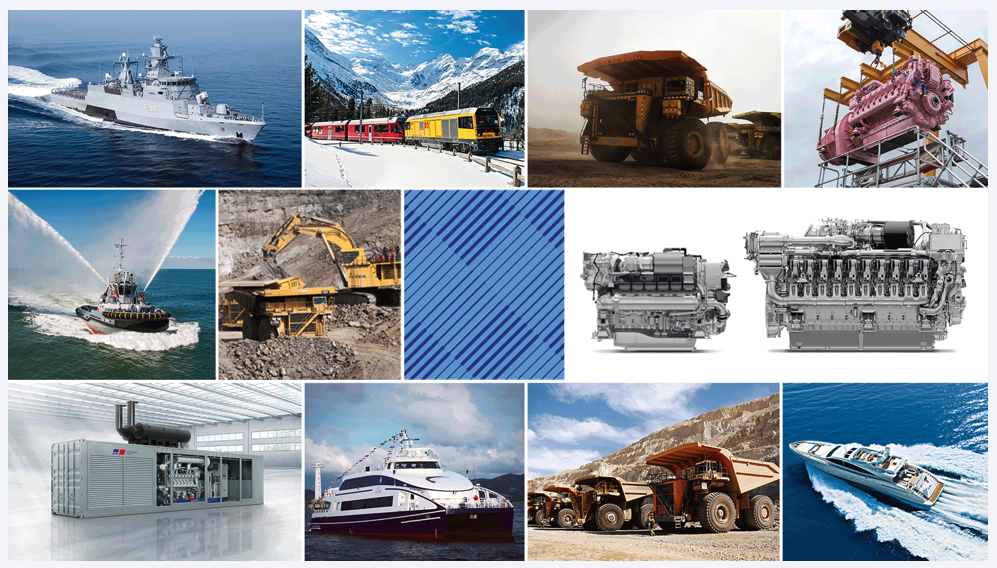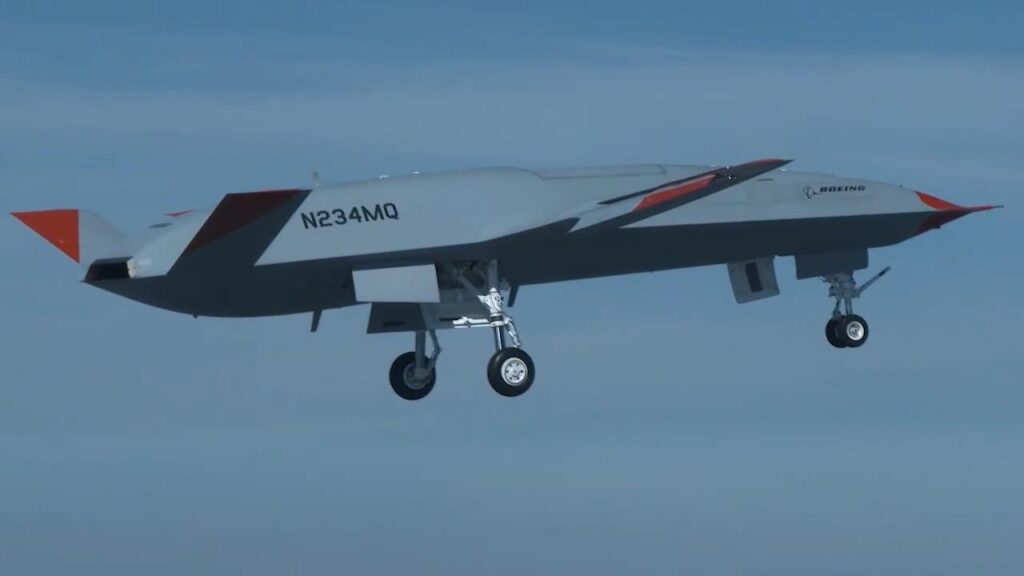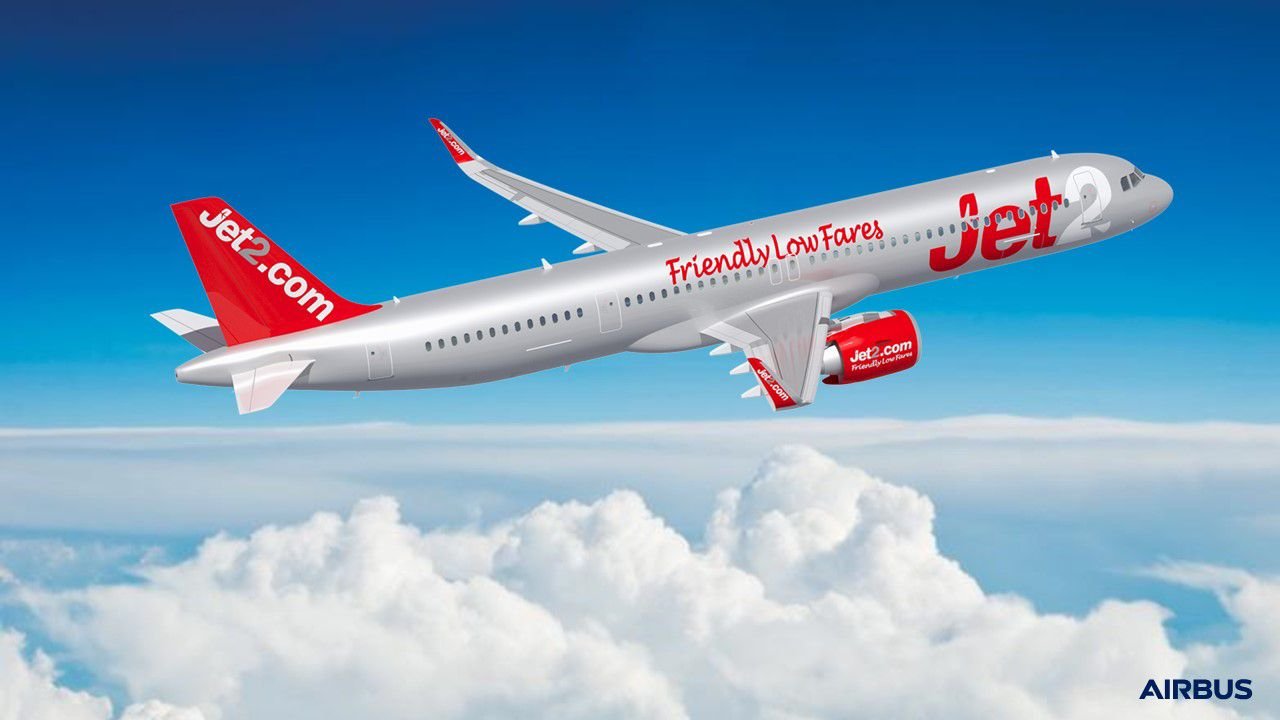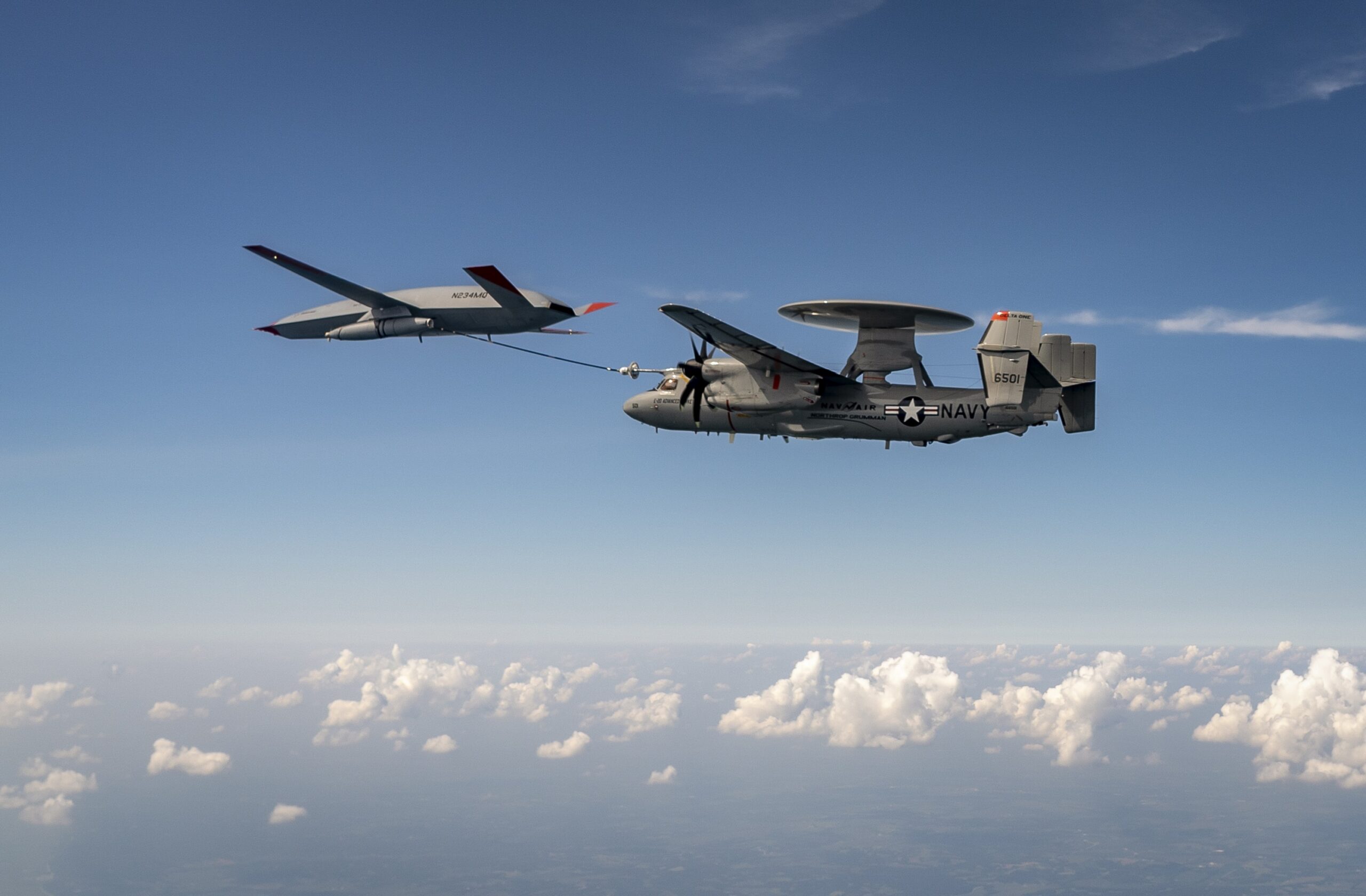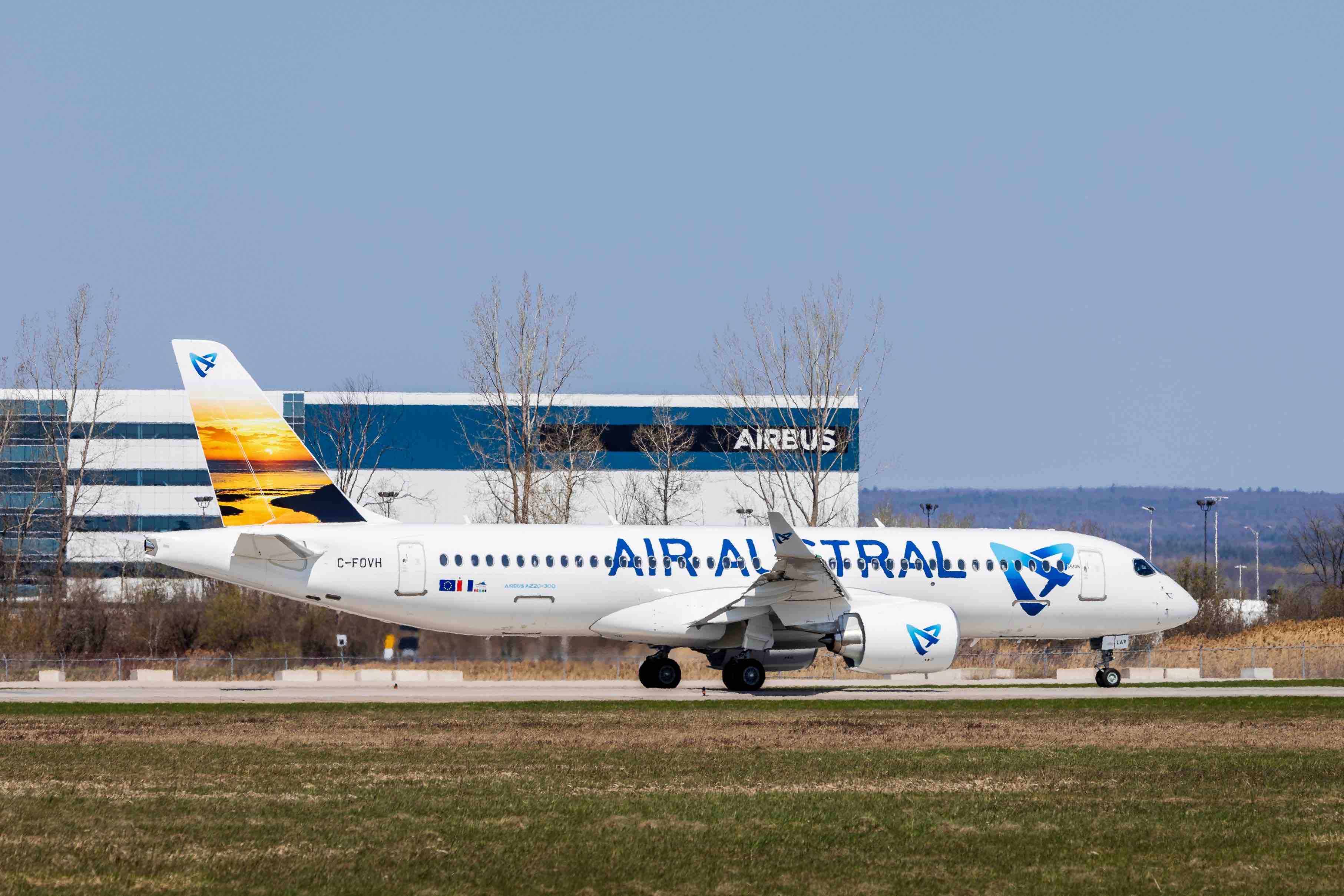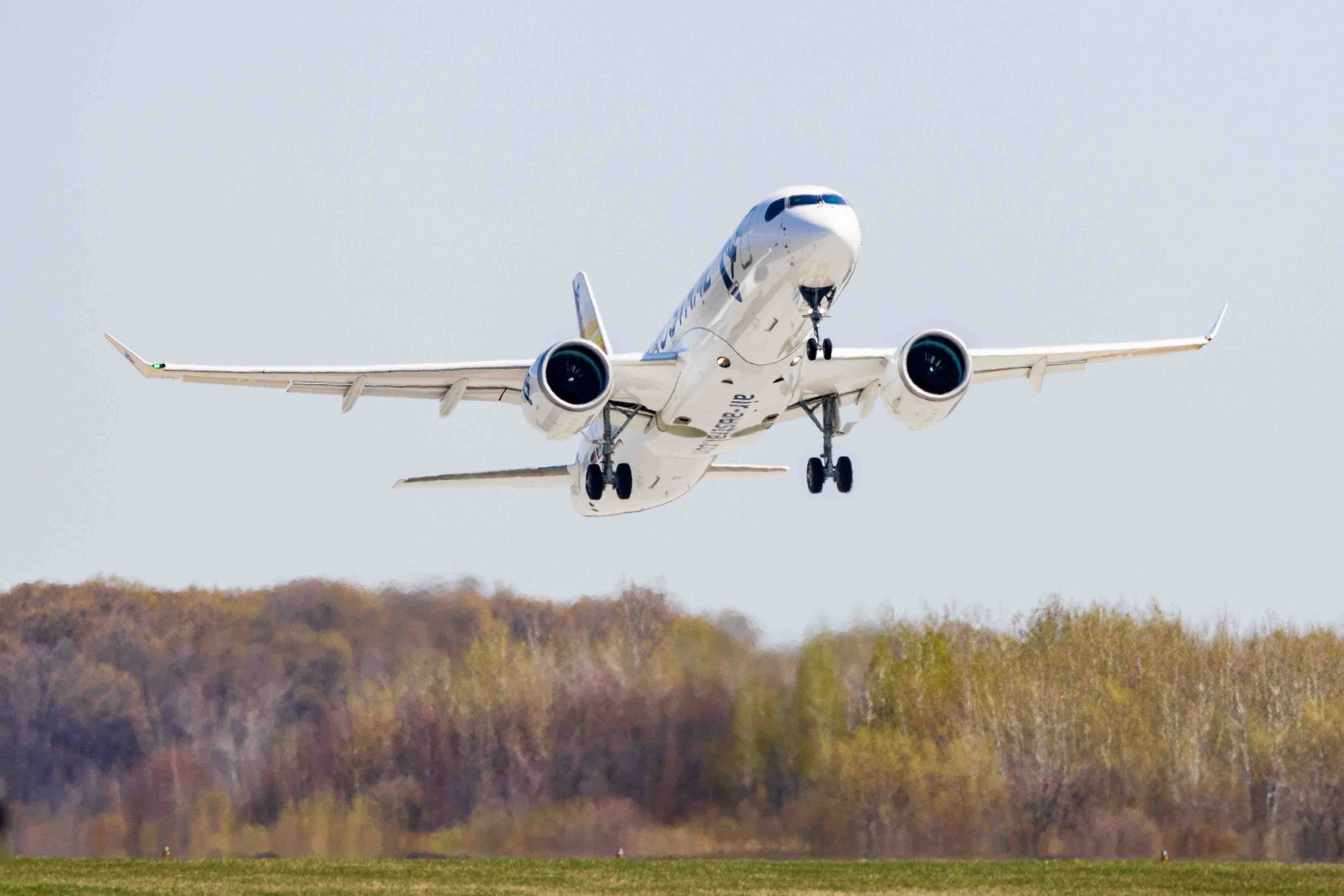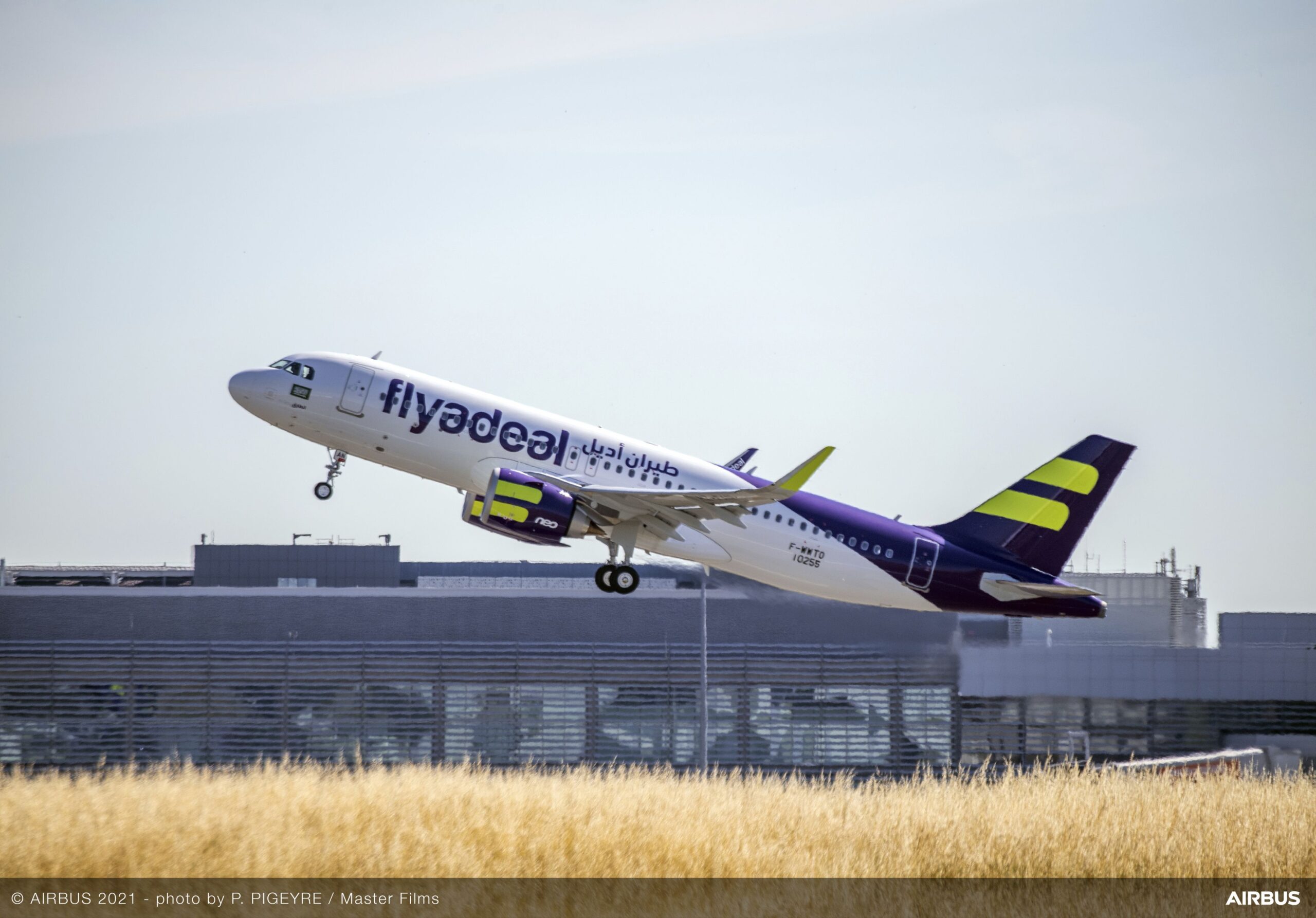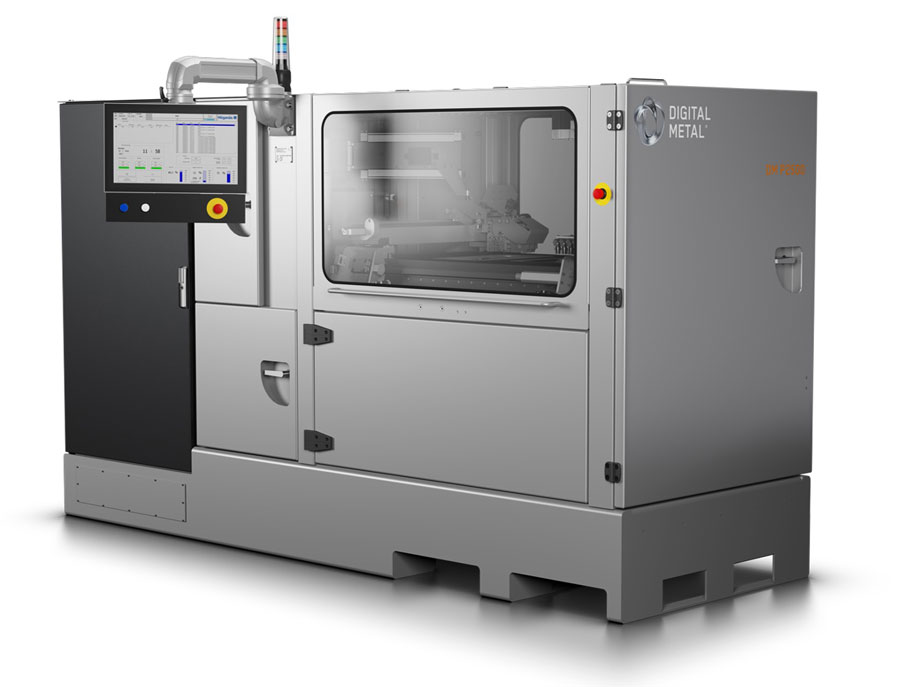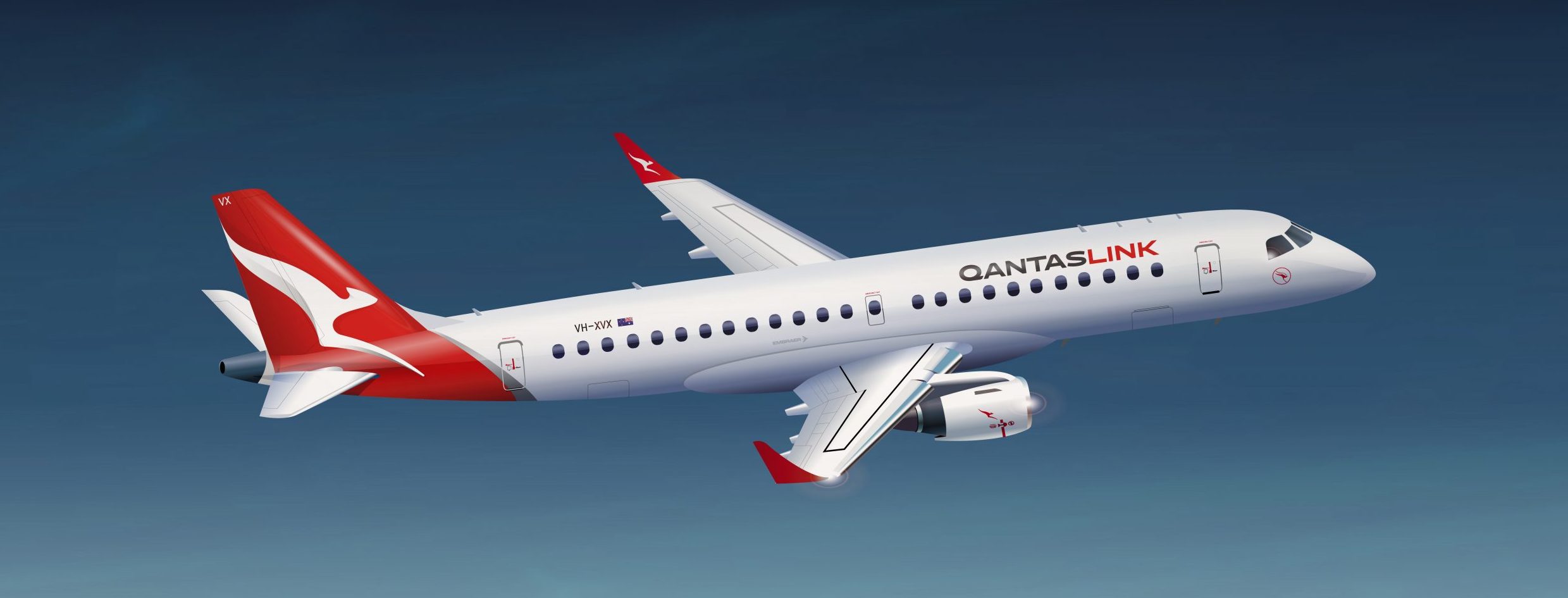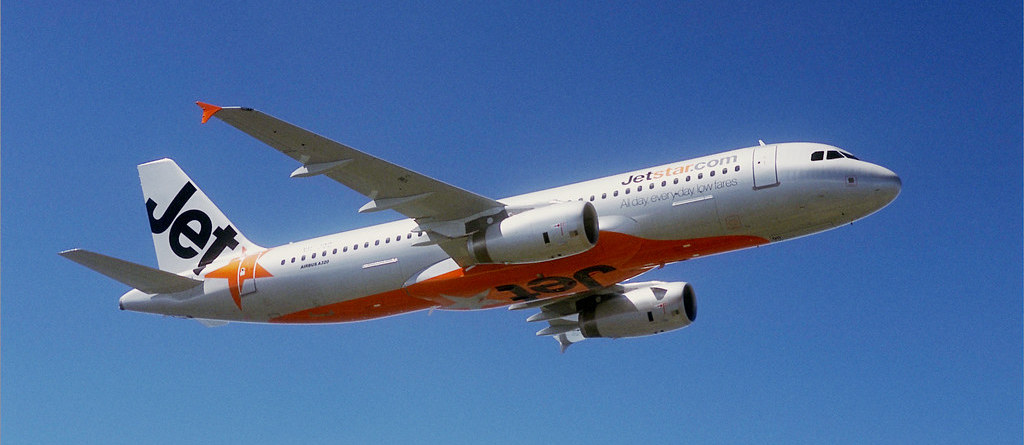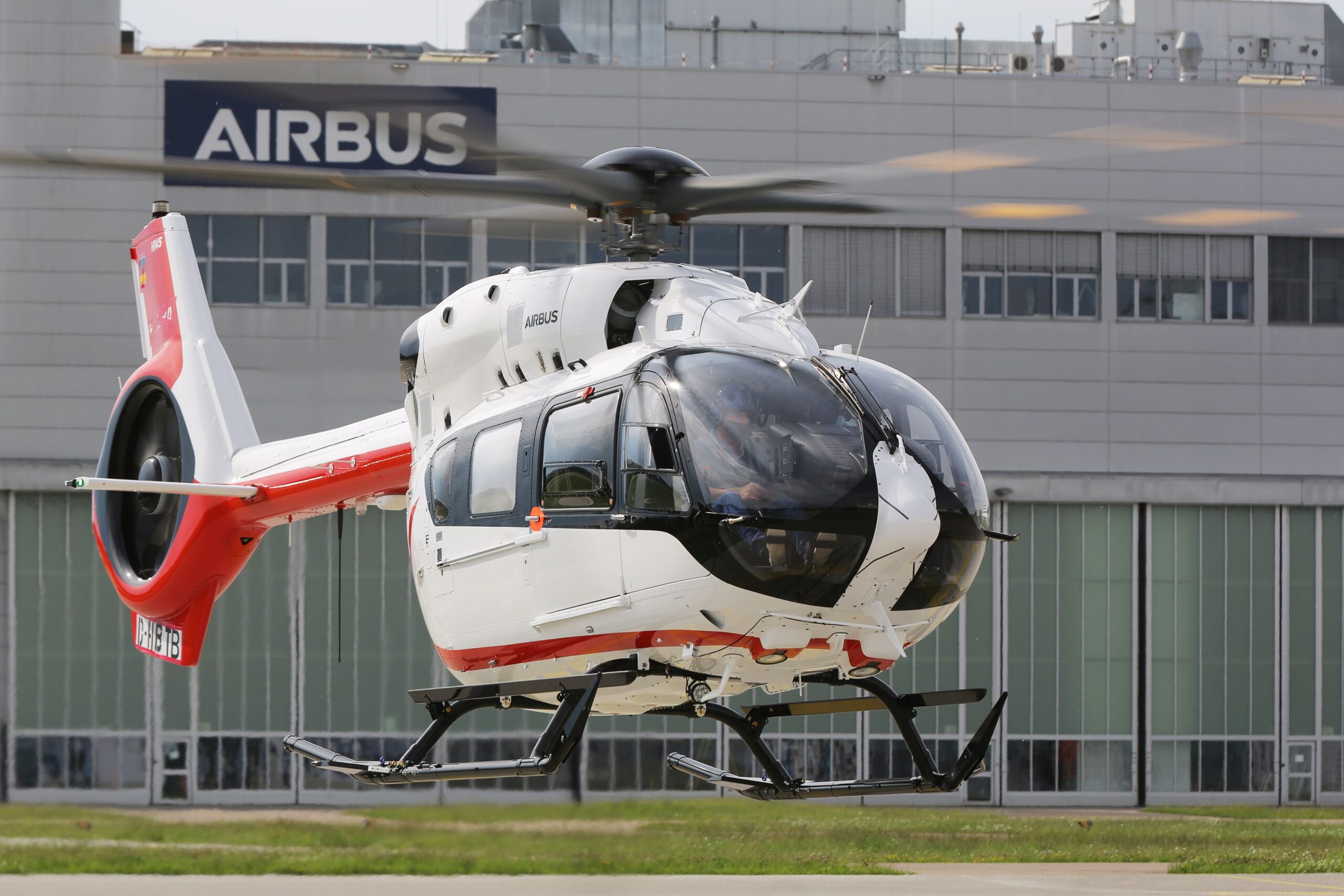Rolls-Royce (London: RR.L) business unit Power Systems is strengthening its research and development (R&D) capabilities in China with a new test bench for MTU engines at the company’s location in Suzhou. The new test bench was inaugurated as part of an event celebrating 25 years of the Rolls-Royce location’s existence. The R&D test bench can accommodate MTU engines with a power output of up to 3,600 kW and will be used to test parts, engines and complete systems for power generation and industrial applications.
The new R&D test bench in Suzhou will first be used for test runs of gensets based on MTU 16V 4000 engines, starting in 2022. It is suitable for testing a wide range of versions of the versatile Series 4000 engine which is also celebrating its 25th anniversary this year. A further upgrade of the test bench is planned for 2022: The capabilities will be extended to testing MTU Series 2000 engines as well.
The company opened its first facility in Suzhou 25 years ago to provide customers in China with faster and more efficient after-sale services in applications such as railway, marine and power generation. Suzhou later became the third production base for MTU engines globally at that time, responsible for the assembly of MTU Series 2000 gendrive engines. Branches in Beijing, Shanghai and Dalian were also established gradually. In October 2021, the former MTU Engineering (Suzhou) Co.,Ltd. was renamed Rolls-Royce Solutions (Suzhou) Co., Ltd.
With the new test bench, the localization strategy of Rolls-Royce Power Systems in Suzhou is now covering the whole process ranging from sales and services to manufacturing and R&D.
